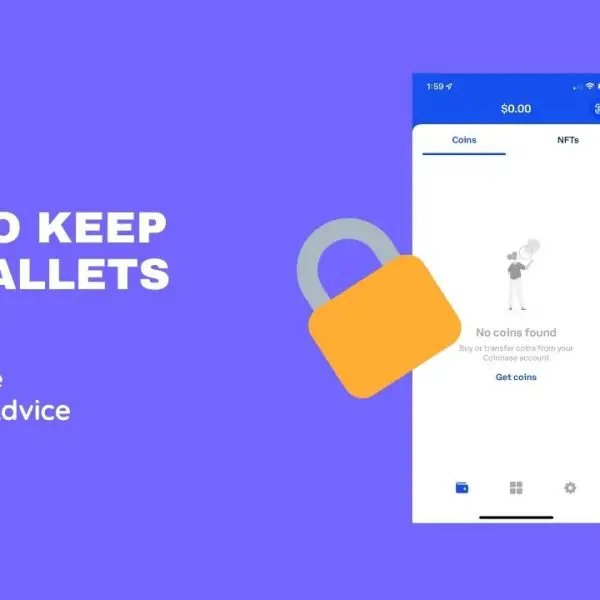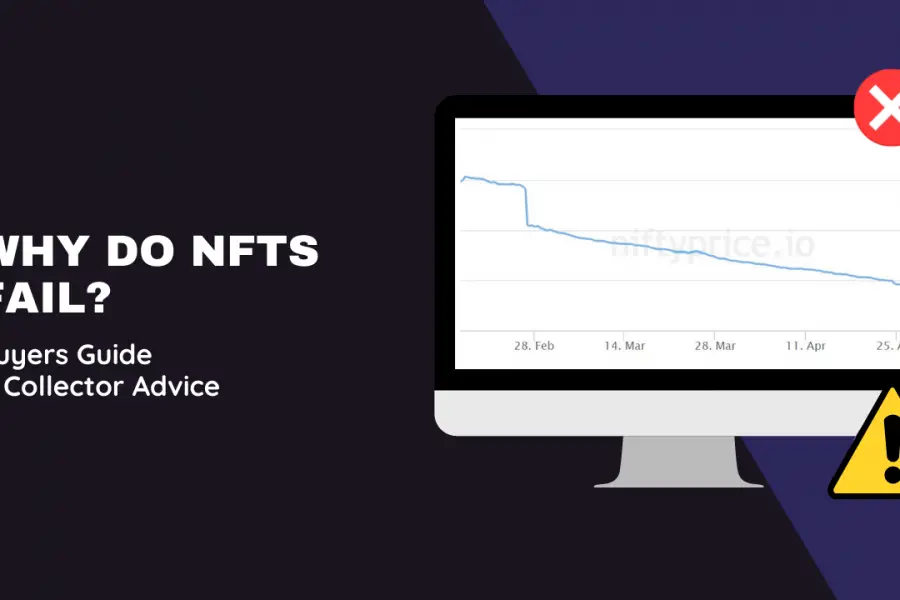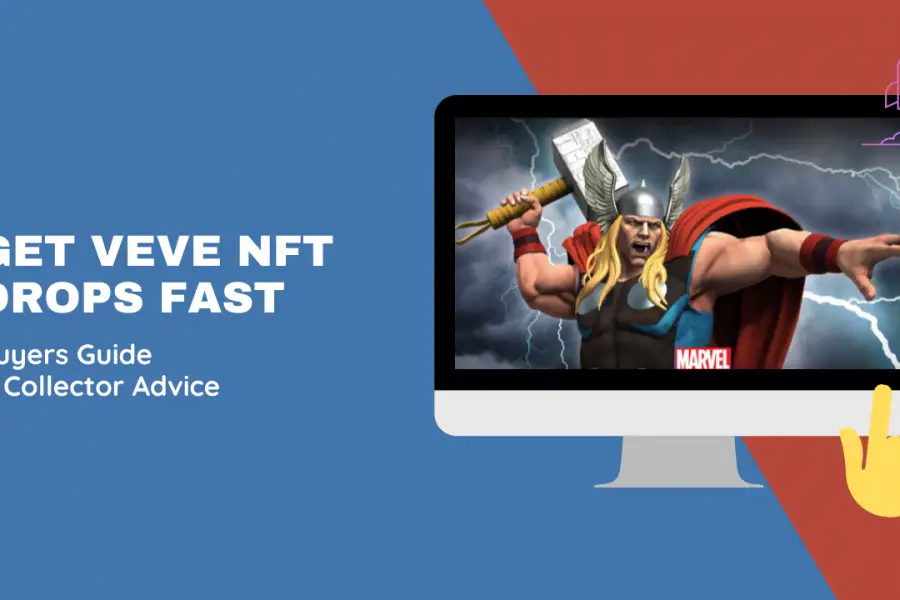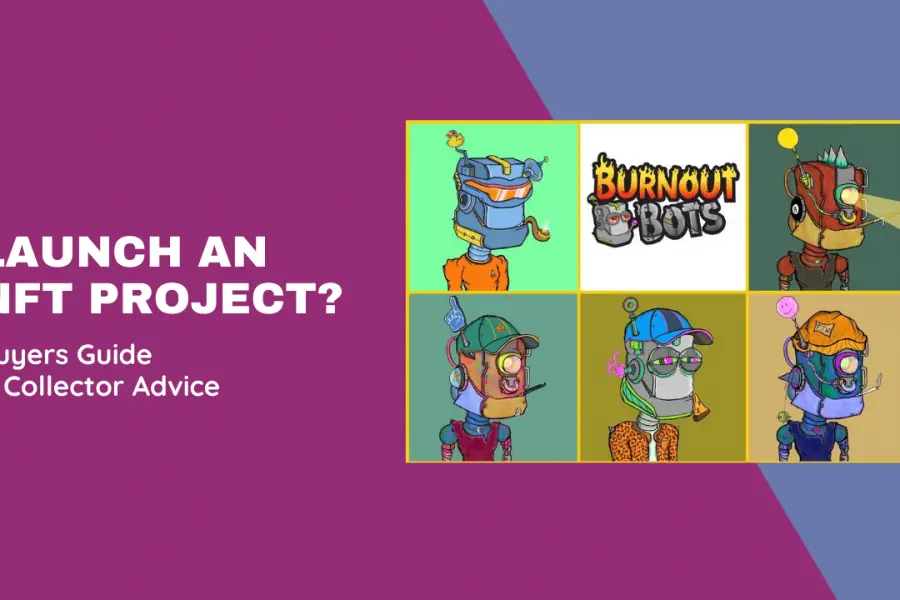Looking to get started with NFTs and need help with understanding how much it cost to create an NFT? We’re going to break down all that you need to know when it comes to the costs associated with NFTs.
For starters, we have to mention that every blockchain charges different fees (also known as gas fees) to create NFTs. More specifically, when creating an NFT, you have two requirements:
- Minting Your NFT
- Making Your NFT available for sale
Both requirements use gas fees to happen.
Additionally, you need three components: The blockchain platform, crypto coin, and the marketplace (where you buy and sell NFTs).
What Are Examples of Costs When Creating NFTS?
Whether it’s the energy used to mine and mint NFTS, or the gas fees, there’s a cost to interacting with NFTs.
Costs are different depending on who – if you’re a creator, then the cost in service fees from the marketplace you’re selling on and gas fees from the blockchain platform you’re using. Average gas fees could be $40 – $800, and service fees could be up to 7.5% depending on the peer-to-peer marketplace used.
Here’s a great video of blockchain expert Bitfury CEO Brian Brooks explaining how Crypto works to Congress:
“What makes Web 3.0 different is the ability to own the actual network. And that’s what crypto assets themselves represent – is an ownership stake in an underlining network”.
He further explains tokens earned are “a reward for providing maintenance services, computing power to the network in Web 1.0 and Web 2.0, was done by Google”.
Non-fungible tokens become the reward, and smart contracts create transparency for users participating on the blockchain.
If you plan to create an NFT, set aside some funds to account for gas fees or decide on going with a platform that doesn’t require gas fees.
NFT Costs: What Are Gas Fees?
It’s a one-time fee for the act of selling, buying, or trading artwork on the blockchain. Gas fees are similar to taxes as they pay for the storage and ram used to make a transaction on the blockchain.
Average gas fees can range from $40 to $1,000, depending on the time of day.
These transactions include creating smart contracts, interacting with them, sending tokens, or selling and buying nfts. For example, users who sell artwork (in nfts) have to pay miners with gas fees.
The group of miners is competing to solve problems on the blockchain, and gas fees are the reward for that work. As a result, collectors and artists have to either wait until gas fee prices drop or have enough money to pay for the gas fees while still profiting from the sale upfront.
For smaller artists, selling nfts on blockchains that use ‘Proof of Work’ systems becomes more complicated due to these extra costs. However, for celebrities, this becomes less of a limitation.
Why Do You Pay Gas Fees?
Users pay gas fees if they use a “Proof of Work” crypto on the blockchain, whereas “Proof of Stake” blockchains do not require gas fees.
For example, Bitcoin and Etherium use “Proof of Work” systems on their blockchain, while WAX & others like Cardano use “Proof of Staking.”
However, NFT creators and collectors face a challenge when gas fees become more expensive than the actual nft price, making the sale more expensive.
How Do You Avoid Paying Gas Fees for NFTS?
Avoid overpaying for gas fees How NFT Artists Can Avoid High Gas Fees ↔ NFT Bump, especially when you start using blockchains and platforms like OpenSea. Another great tip for avoiding overpaying gas fees is finding the right time to use the platform.
For example, Etherum gas fees are lower on Saturdays and Sundays. When Are Ethereum Gas Fees Lowest? Best Time and Days to Trade Cryptos (marketrealist.com)
It’s typical to see lots of movement in crypto markets at strange hours like 1 am or 2 am, and that’s because gas fees are at their lowest during that time. So, if you’re a creator and launching an NFT, it’ll be essential that you mint your NFTs during the right time to lower your costs as much as possible.
A benefit of using the WAX platform and blockchain is they do not charge gas fees for minting, selling, or buying NFTs.
From Creator Perspective: Cost to Create an NFT
Now let’s dive into each platform and see how much it would cost to create NFT for each. Understanding the difference between costs from the blockchain (also known as network, you are using like ETH) and the platform you such as Open Sea will help you calculate the total cost.
Avoid having to spend $40 to mint one NFT on the blockchain by exploring all your options before getting started. Planning will be the key when it comes to launching your first NFT project with low costs.
The time, effort, and costs of changing the platform your NFT project launches could be financially painful.
“Proof of Work” vs. “Proof of Stake” Blockchain – What’s the Difference in Cost?
Depending on which blockchain platform you use will influence the costs you pay as a creator of NFTs within the marketplace.
One of the first decisions will be deciding if you’ll use Bitcoin/ETH or other cryptocurrencies, which determines the mining reward system.
For bitcoin/ETH, they use a ‘Proof of Work’ system, and for WAX, they use a ‘Proof of Stake’ system.
Average Minting Costs by Platform
1. Open Sea
Open sea uses ETH, which requires gas fees and can cost around $60 to $600 on average. So, for creators using Open Sea, it’s 2.5% of the final sale for minting an NFT.
2. Rariable
Rariable uses ETH, which requires gas fees and costs around $160 to $400 on average. They also have a service fee similar to Open Sea, where they charge 2.5% of the final sale for minting an NFT.
3. WAX
Open sea uses WAXP, which is free and does not require gas fees. Therefore, it has no additional cost for making transactions on its platform, and it’s safe for the environment in terms of energy.
UnSold NFTs are Costly
NFT creators, such as artists or photographers, realize that unsold NFTs can become costly. The cost to create an NFT is steep if you do not account for gas fees, service fees and the unsold inventory.
Nft projects become costly because they do not sell at all; they go unnoticed all the time and effort.
How Much Is Your Favourite Unsold Meme Worth On The NFT Market?
Take the time to research each component before moving forward – The blockchain platform, the crypto coin that’s used (the technology behind the network), and the marketplace (where you’ll be buying and selling NFTs).
For example, WAX acts as all three as they have WAXP as their crypto coin, and they have secondary marketplaces called Atomic Hubs, which sells and buys NFTs.
The majority of small artists will be joining the NFT world and minting on a blockchain for many years to come. Therefore, it’s important to remember the difference between platform and gas fees.
Not every crypto coin and blockchain require gas fees; however, avoid overpaying if you have to pay for them.
If you’ve enjoyed reading this article, you may also like:





